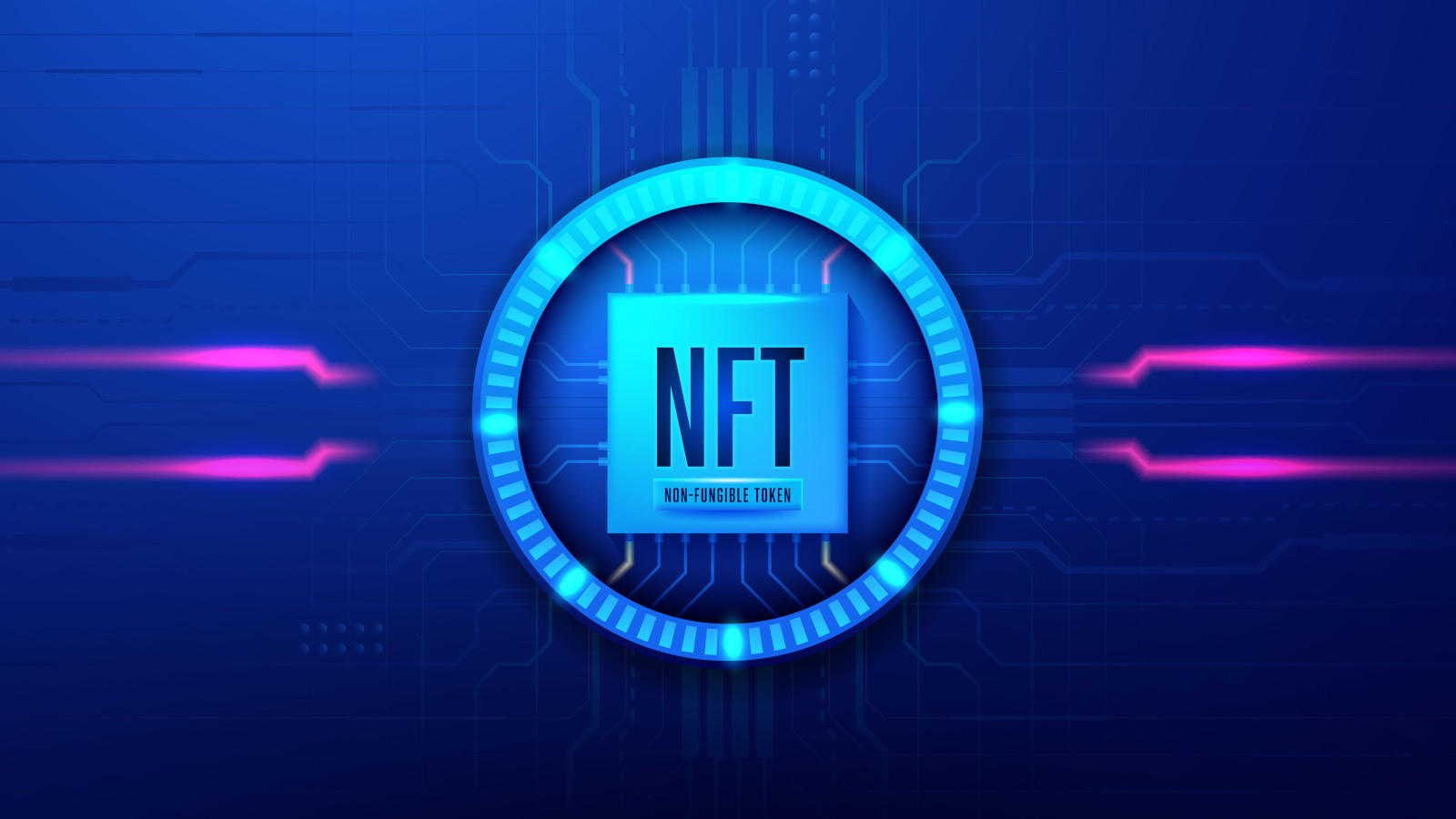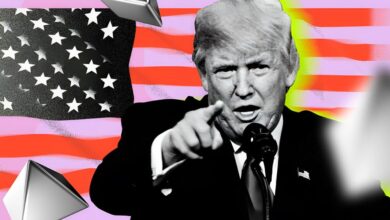
Crypto Treasuries Bet Big on Fringe Tokens Risk Analysis
Corporate crypto treasuries are investing in volatile fringe tokens, raising concerns about market stability and institutional risk management strategies
The cryptocurrency landscape is witnessing a dramatic shift in corporate treasury management strategies that has industry observers increasingly concerned. While institutional adoption of digital assets was once synonymous with conservative Bitcoin holdings, a growing number of companies are now venturing into the speculative waters of fringe tokens and lesser-known altcoins.
This strategic pivot represents a significant departure from traditional risk management principles and has sparked intense debate about the potential consequences for both individual companies and the broader digital asset ecosystem.The trend gained momentum throughout 2024 and into 2025, as corporate treasurers, emboldened by previous Bitcoin success stories, began exploring more exotic cryptocurrency investments.
These fringe tokens—digital assets outside the established top-tier cryptocurrencies—promise higher returns but come with exponentially greater risks. From obscure DeFi protocols to meme coins with questionable fundamentals, corporate balance sheets are increasingly reflecting investment decisions that would have been unthinkable just a few years ago when institutional crypto adoption was in its infancy.
The Evolution of Corporate Crypto Treasury Strategies
The journey of corporate cryptocurrency adoption began conservatively, with companies like MicroStrategy and Tesla making headlines for adding Bitcoin to their treasury reserves. These early movers positioned their Bitcoin investments as hedges against inflation and dollar devaluation, framing their decisions within traditional macroeconomic reasoning. The rationale was clear: Bitcoin’s fixed supply and growing institutional acceptance made it a digital store of value comparable to gold.
However, the landscape has evolved considerably since those pioneering moves. Today’s corporate treasurers are increasingly looking beyond Bitcoin and Ethereum, venturing into what industry insiders call the “long tail” of cryptocurrency markets. This shift reflects a combination of factors, including diminishing Bitcoin returns relative to earlier cycles, the success stories of early altcoin investors, and the proliferation of new blockchain projects promising revolutionary use cases.
Treasury management in crypto has become significantly more sophisticated, with dedicated teams analyzing smart contract security, tokenomics, and protocol fundamentals. Companies are now investing in layer-2 scaling solutions, governance tokens for decentralized autonomous organizations, and even NFT-related tokens. The line between strategic treasury management and venture capital speculation has blurred considerably, creating a gray area that challenges traditional corporate finance frameworks.
Fringe Tokens and Their Appeal

Fringe tokens encompass a broad category of digital assets that exist outside the established cryptocurrency hierarchy. These include newly launched DeFi tokens, niche gaming cryptocurrencies, experimental blockchain protocols, and even meme-inspired digital assets with limited utility. What distinguishes these tokens from mainstream cryptocurrencies is typically their lower market capitalization, limited liquidity, shorter track record, and higher volatility profiles.
The appeal of these assets to corporate treasuries stems from their potential for outsized returns. While Bitcoin might offer 100% annual gains during a bull market, lesser-known tokens have historically delivered multiples of that performance during favorable conditions. For companies seeking to maximize returns on idle treasury cash, the temptation to capture these exponential gains has proven difficult to resist.
Additionally, some companies rationalize these investments as strategic positioning within emerging technological ecosystems. By holding governance tokens, for instance, corporations gain voting rights in protocol development, potentially influencing the future of technologies relevant to their business models. Others view investments in altcoins and emerging tokens as a form of research and development, providing hands-on experience with novel blockchain applications that might eventually transform their industries.
The narrative surrounding these investments often emphasizes being “early” to transformative technologies, drawing parallels to the early days of the internet when visionary companies invested in nascent web technologies. However, critics argue that this comparison overlooks the fundamental difference between investing in infrastructure that provides demonstrable utility and speculating on tokens whose value derives primarily from market sentiment.
Volatility Concerns and Market Stability Implications
The entrance of corporate treasuries into volatile cryptocurrency markets carries significant implications for market stability. Unlike retail investors who might allocate discretionary funds to speculative investments, companies are committing shareholder capital that often represents months or years of operational earnings. When these investments experience the extreme price swings characteristic of fringe tokens, the consequences ripple through quarterly earnings reports and balance sheet valuations.
Cryptocurrency market volatility becomes particularly concerning when multiple companies hold positions in the same relatively illiquid tokens. During market downturns, coordinated selling pressure from corporate treasuries attempting to preserve capital can exacerbate price declines, creating cascading effects that impact retail investors and the broader ecosystem. The interconnected nature of cryptocurrency markets means that instability in one segment can quickly spread to others.
Furthermore, the presence of corporate treasuries in fringe token markets introduces new dynamics that these nascent markets may not be equipped to handle. Many smaller cryptocurrency projects operate with limited liquidity and shallow order books. When a corporation decides to liquidate a significant position, the resulting price impact can be devastating, potentially wiping out the holdings of smaller investors and undermining confidence in the project itself.
The accounting treatment of these volatile assets presents additional challenges. Companies must mark their cryptocurrency holdings to market value, creating earnings volatility that has nothing to do with their core business operations. This financial statement volatility can complicate investor analysis, obscure true operational performance, and create pressure to sell positions at inopportune times simply to smooth quarterly results.
Also Read: World Liberty Financial Trump Crypto, Power Controversy
Challenges in the Crypto Treasury Space

Effective risk management for crypto investments requires expertise that many corporate treasury departments historically lack. Traditional treasury management focuses on capital preservation, liquidity management, and modest returns through instruments like bonds, money market funds, and certificates of deposit. The skill set required to evaluate smart contract security, assess tokenomics sustainability, and navigate decentralized exchange liquidity is fundamentally different.
Many companies have addressed this gap by hiring crypto-native talent or partnering with specialized advisory firms. However, the rapid evolution of the cryptocurrency space means that even experienced professionals struggle to keep pace with new risks. Smart contract vulnerabilities, for instance, can remain undiscovered until a protocol is exploited, potentially resulting in total loss of invested capital. Unlike traditional securities, where investor protections and regulatory frameworks provide some recourse, cryptocurrency investments operate in a largely unregulated environment where losses are often permanent.
The custody of digital assets presents another layer of complexity. Companies must decide between self-custody solutions that require sophisticated security infrastructure or third-party custody services that introduce counterparty risk. The collapse of cryptocurrency exchanges and lending platforms throughout 2022 and 2023 demonstrated that even seemingly reputable service providers can fail catastrophically, taking customer assets with them.
Regulatory Scrutiny and Governance Questions
The aggressive treasury strategies adopted by some companies have attracted increasing regulatory attention to corporate crypto investments. Securities regulators are grappling with questions about whether these investment decisions constitute reckless management of shareholder capital and whether adequate disclosure is being provided to investors. The line between acceptable risk-taking and imprudent speculation becomes particularly blurred when companies invest in tokens that may themselves be unregistered securities.
Corporate governance frameworks are also being tested. Shareholders are questioning whether board oversight of cryptocurrency investments is adequate and whether management compensation structures might be creating perverse incentives to chase high-risk returns. Proxy battles and shareholder resolutions regarding cryptocurrency treasury policies have become more common, reflecting growing unease about these strategies.
The fiduciary duty that corporate officers owe to shareholders comes into sharp focus when treasury funds are invested in highly speculative assets. While risk-taking is an inherent part of business, there’s a distinction between strategic risks related to core operations and financial speculation in volatile markets. Courts and regulators may eventually be called upon to determine where that line should be drawn in the context of cryptocurrency treasury management.
The Broader Market Impact and Future Outlook
The participation of corporate treasuries in fringe token markets is fundamentally altering the cryptocurrency ecosystem’s dynamics. What began as a grassroots movement driven by individual enthusiasts and crypto-native investors has increasingly become intertwined with corporate balance sheets and institutional capital. This development brings both legitimacy and new sources of instability to the space.
On one hand, corporate involvement signals mainstream acceptance and can attract additional capital to promising blockchain projects. Companies with established reputations lending credibility to emerging protocols can accelerate adoption and development. On the other hand, the weight of corporate capital in relatively small markets creates new risks of manipulation, undue influence, and destructive volatility during market downturns.
Looking forward, the sustainability of aggressive corporate crypto treasury strategies will likely depend on several factors. Continued innovation in blockchain technology that delivers tangible utility could justify current valuations and investment theses. Conversely, a prolonged bear market or high-profile corporate losses could trigger a retreat to more conservative strategies, potentially accelerating market declines.
Conclusion
The trend of corporate treasuries investing in fringe tokens represents a significant evolution in both cryptocurrency markets and corporate finance. While the potential for substantial returns has attracted companies seeking to maximize value from idle cash, the associated risks cannot be understated. Cryptocurrency market volatility, combined with limited liquidity in smaller tokens, creates conditions where even well-capitalized corporations can experience devastating losses
The coming years will likely serve as a critical testing period for these strategies. Companies that have ventured into speculative cryptocurrency investments will either validate their approaches through successful outcomes or serve as cautionary tales about the dangers of treasury speculation. The broader implications for market stability, corporate governance, and regulatory frameworks remain uncertain.
FAQs
Q: What are fringe tokens in cryptocurrency markets?
Fringe tokens are digital assets outside the established top-tier cryptocurrencies like Bitcoin and Ethereum. They include newly launched DeFi tokens, niche gaming cryptocurrencies, experimental protocols, and meme coins. These tokens typically have lower market capitalizations, limited liquidity, shorter operational histories, and significantly higher volatility.
Q: Why are companies investing treasury funds in volatile cryptocurrencies?
Companies are attracted to cryptocurrency investments for several reasons, including the potential for higher returns compared to traditional treasury instruments, hedging against inflation, and strategic positioning within emerging blockchain ecosystems.
Q: What are the main risks of corporate crypto treasury strategies?
The primary risks include extreme price volatility that can significantly impact balance sheet valuations, limited liquidity that makes large positions difficult to exit without major price impacts, smart contract vulnerabilities that could result in total loss, custody and security risks, regulatory uncertainty, and the potential for fraud or market manipulation.
Q: How does corporate involvement affect cryptocurrency market stability?
Corporate treasury involvement in cryptocurrency markets introduces larger capital flows that can amplify both upward and downward price movements, particularly in smaller, less liquid markets. During downturns, coordinated selling by corporate treasuries attempting to preserve capital can exacerbate declines and create cascading effects.
Q: What regulatory changes might affect corporate crypto investments?
Regulators worldwide are increasingly scrutinizing corporate cryptocurrency investments, with potential changes including enhanced disclosure requirements, classification of certain tokens as securities requiring registration, stricter custody and security standards, limits on the percentage of treasury funds that can be allocated to crypto assets, and clearer accounting guidance.







